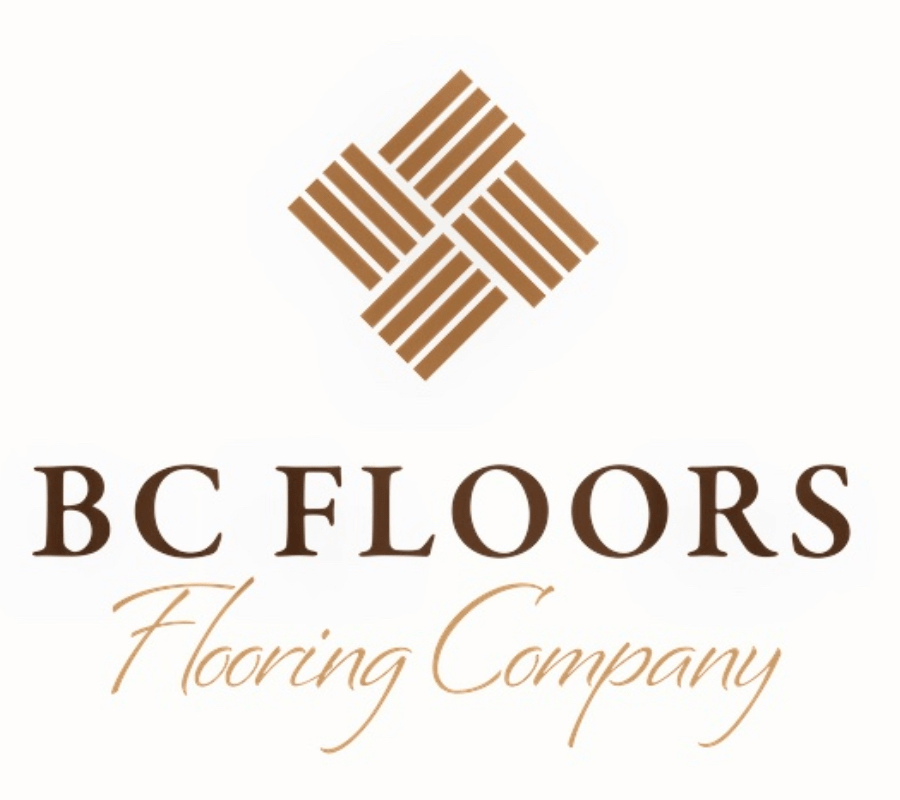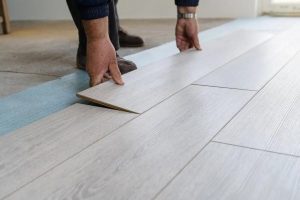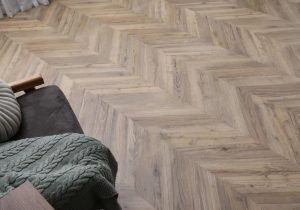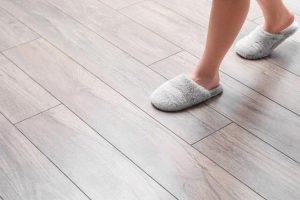Choosing the right flooring for your home is a significant decision that can impact both aesthetics and functionality. One of the most common comparisons homeowners face is laminate flooring vs vinyl — two popular options, each offering distinct advantages and disadvantages. Flooring is more than just a surface to walk on; it contributes to the overall ambiance and style of your space. Whether you’re renovating a single room or an entire home, understanding the fundamental differences between laminate and vinyl flooring is crucial.
Overview: Laminate Flooring vs Vinyl
Both laminate and vinyl flooring have evolved significantly over the years, offering a wide array of designs and functionalities. Laminate is often chosen for its realistic wood appearance and affordability. Manufacturers create it from a multi-layered synthetic material and fuse the layers using a lamination process, which makes it durable and visually appealing.
On the other hand, vinyl flooring offers strong resilience and resists water well. Made primarily from polyvinyl chloride (PVC), vinyl flooring can mimic the look of wood or stone at a fraction of the cost. Homeowners often choose it for moisture-prone areas like bathrooms and kitchens because it handles water better than most other options.
Both flooring types have their own benefits. Your choice will depend on where you plan to install it, how you’ll use the space, and what you like. In the next sections, we’ll look at these points to help you choose the right flooring for your home.
Appearance and Design Options
When it comes to appearance and design, laminate flooring offers a wide range of styles and finishes that closely mimic natural wood. Thanks to advanced printing technology, you can find laminate planks that replicate the texture and grain of hardwood with impressive realism. This makes it a popular choice for homeowners looking to achieve a classic wood look without the associated cost.
Vinyl flooring, however, is not far behind in aesthetic appeal. With options such as luxury vinyl planks (LVP) and luxury vinyl tiles (LVT), vinyl can convincingly mimic both wood and stone. The versatility of vinyl flooring allows you to experiment with various patterns and colours, making it easy to find a style that complements your interior design.
Ultimately, the choice between laminate and vinyl in terms of appearance will depend on your personal taste and the specific look you wish to achieve. Both options offer a myriad of design possibilities, ensuring that you can find the perfect match for your home decor.
Moisture and Water Resistance
One of the most critical factors to consider when choosing flooring is its resistance to moisture and water. Laminate flooring, while durable, is not entirely waterproof. Although some modern laminate options come with enhanced water-resistant features, prolonged exposure to moisture can still lead to warping and damage.
Vinyl flooring, particularly luxury vinyl, excels in water resistance. Its impermeable surface makes it an ideal choice for areas with high humidity or potential water exposure, such as bathrooms, kitchens, and basements. Vinyl’s moisture resistance ensures that it maintains its integrity and appearance even in challenging conditions.
When selecting between laminate and vinyl, consider the environmental conditions of the space where the flooring will be installed. For high-moisture areas, vinyl is generally the safer choice, while laminate suits dry environments where its aesthetic advantages can shine.
Durability and Lifespan
Durability is a key consideration for any flooring material, and both laminate and vinyl offer impressive longevity. Laminate flooring is renowned for its scratch-resistant surface, making it a suitable option for households with pets or high foot traffic. However, its susceptibility to water damage can shorten its lifespan if not properly maintained.
Vinyl flooring is celebrated for its durability and ability to withstand wear and tear. Its robust construction and water resistance contribute to a longer lifespan, often surpassing that of laminate in similar environments. Additionally, vinyl flooring is less prone to fading and can retain its vibrant appearance for many years.
Ultimately, the durability of your flooring will depend on factors such as installation quality, maintenance, and environmental conditions. Both laminate and vinyl provide excellent durability, but vinyl’s superior water resistance gives it an edge in longevity.
Installation Methods
The installation process is another critical factor that can influence your flooring choice. Laminate flooring typically features a click-lock system, allowing for a straightforward, floating floor installation. This method eliminates the need for adhesives and nails, making it a popular choice for DIY enthusiasts.
Vinyl flooring offers several installation options, including click-lock, peel-and-stick, and glue-down methods. Each method has its own advantages and is suited to different skill levels and project requirements. For example, peel-and-stick vinyl is ideal for quick and easy installations, while glue-down methods provide a more permanent solution.
When deciding between laminate and vinyl, consider your level of expertise and the specific requirements of your project. Both flooring types offer user-friendly installation options, but vinyl’s versatility may provide more flexibility for various applications.
Cleaning and Maintenance Tips
Maintaining your flooring is essential to preserve its appearance and extend its lifespan. Laminate flooring requires regular sweeping or vacuuming to remove dirt and debris, which can cause scratches. It’s crucial to use a damp mop rather than a wet one, as excessive moisture can damage the laminate’s surface.
Vinyl flooring, known for its low maintenance, is resistant to stains and easy to clean. Regular sweeping or vacuuming, combined with occasional mopping using a mild cleaner, will keep your vinyl floors looking pristine. Its water-resistant nature means you don’t have to worry about using too much water during cleaning.
By following these maintenance tips, you can ensure that both laminate and vinyl flooring remain in excellent condition for years to come. Choose the option that best aligns with your lifestyle and maintenance preferences to enjoy beautiful and hassle-free floors.
Price and Value for Money
Budget is often a primary concern when selecting flooring, and both laminate and vinyl offer cost-effective solutions. Laminate flooring is generally more affordable than hardwood, making it an attractive option for those looking to achieve a wood-like appearance on a budget. Its competitive pricing, coupled with its aesthetic appeal, provides excellent value for money.
Vinyl flooring, while slightly more expensive than laminate, offers long-term savings due to its durability and low maintenance requirements. The initial investment may be higher, but the extended lifespan and minimal upkeep make vinyl a cost-effective choice in the long run.
When thinking about price and value, consider what your space needs and how each flooring type fits your budget and plans. Both laminate and vinyl can be good choices, so pick the one that works best for your goals and your wallet.
Pros and Cons Summary
To help you make an informed decision, here’s a summary of the pros and cons of laminate and vinyl flooring:
| Category | Laminate Flooring | Vinyl Flooring |
| Pros | – Offers a realistic wood appearance | – Provides excellent water resistance |
| – Comes at an affordable price | – Features diverse design options | |
| – Has a scratch-resistant surface | – Is durable and long-lasting | |
| Cons | – Does not resist water fully | – Can cost more initially |
| – Excessive moisture can damage it | – Some installation methods may require professionals | |
| – Offers fewer design options compared to vinyl | – Has limited texture variety compared to laminate |
Consider these pros and cons carefully to choose the flooring that best suits your lifestyle, preferences, and budget.
Conclusion
Choosing between laminate and vinyl flooring involves evaluating various factors such as appearance, durability, and cost. Each option has its unique advantages, and the right choice will depend on your specific requirements and personal taste. Laminate flooring offers an affordable and aesthetically pleasing solution, while vinyl’s water resistance and durability provide long-term value. Both laminate and vinyl can enhance the beauty and functionality of your home, so select the option that best meets your needs.



